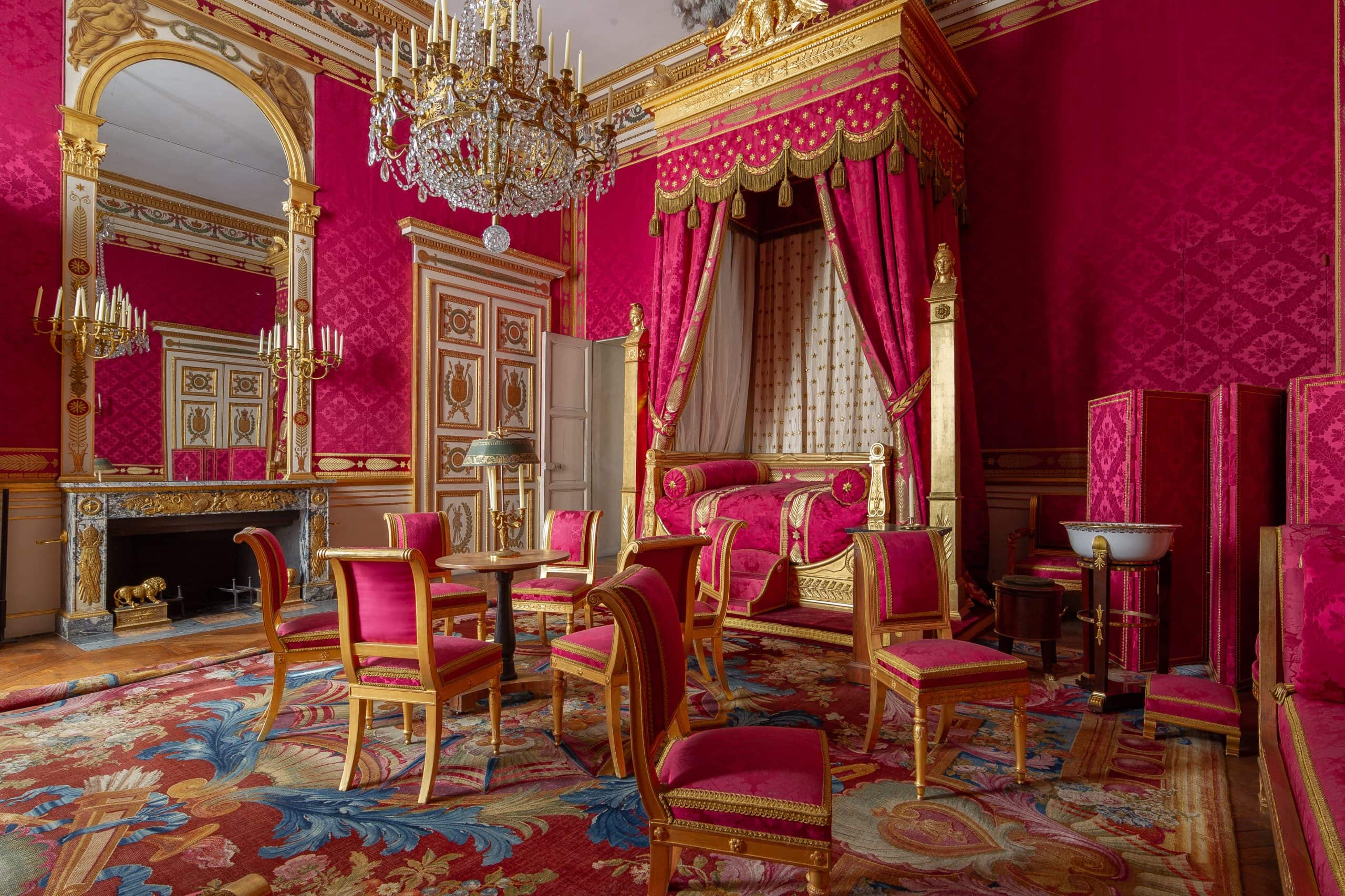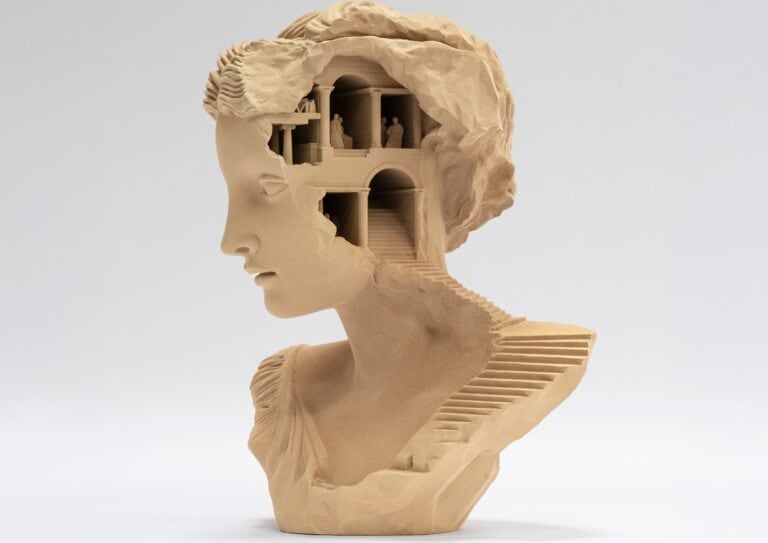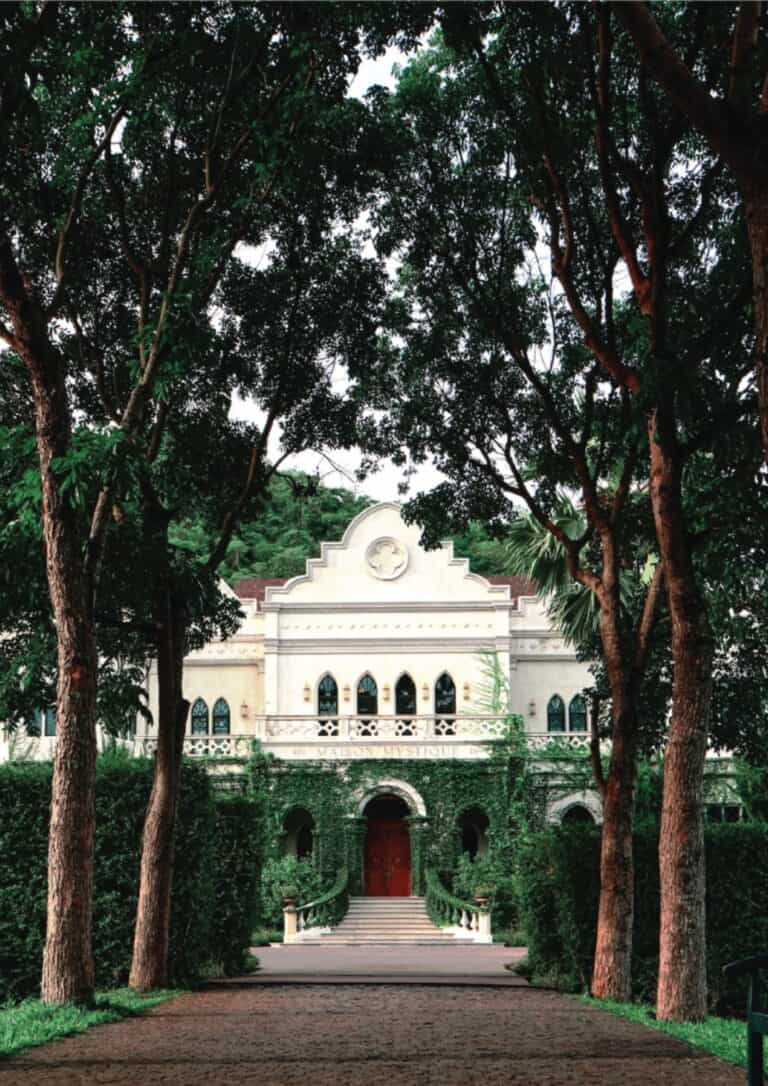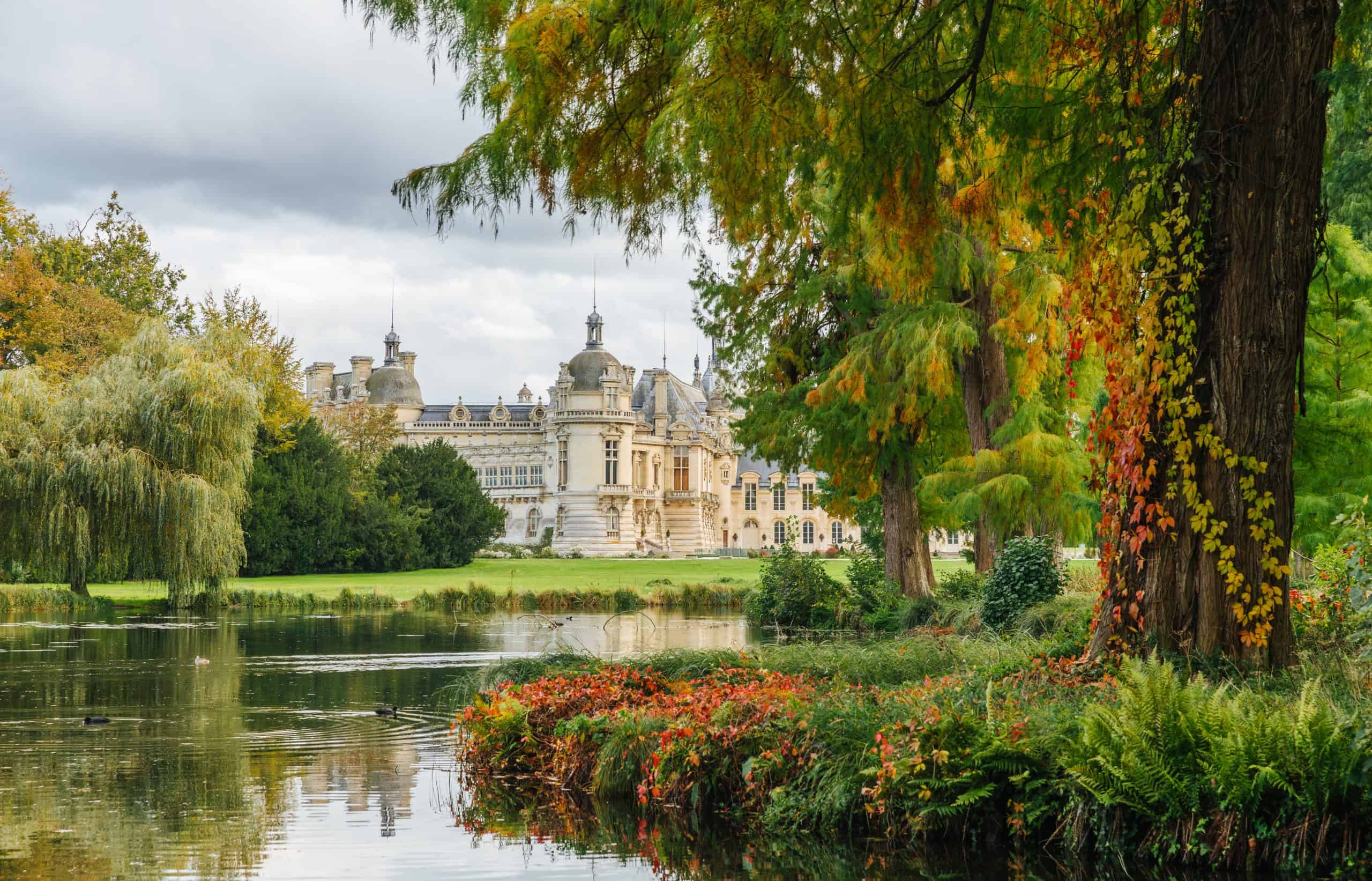
FRENCH CHÂTEAUX YOU SHOULD ESCAPE TO
Marie Loire Moulin
French chateaux you should escape to, near Paris. Six heritage sites still echo with gothic ghosts and royal drama. Even before the Eiffel Tower ruled Instagram, France’s power was rural, walled, and often moated. Therefore, monarchs, monks, and military minds left behind châteaux and abbeys still echo with both grandeur and ghosts.
Abbaye de Royaumont
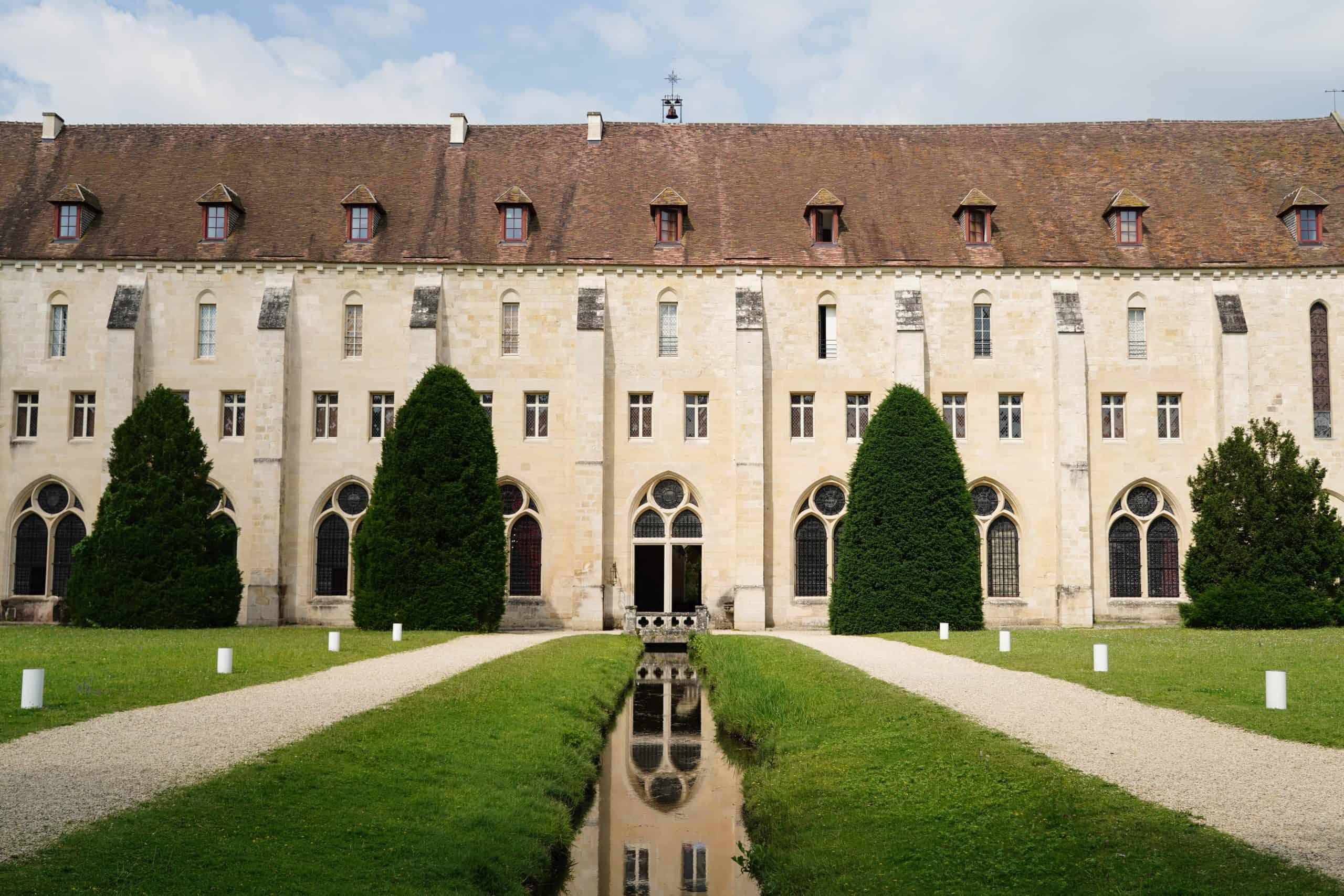
Founded in 1228 by Saint Louis, this former Cistercian abbey now hosts artists, musicians, and wandering souls. Peace, poetry, and pond reflections. Walk through the cloisters, nap in the garden, or attend a concert under vaulted arches.
Château de Chantilly

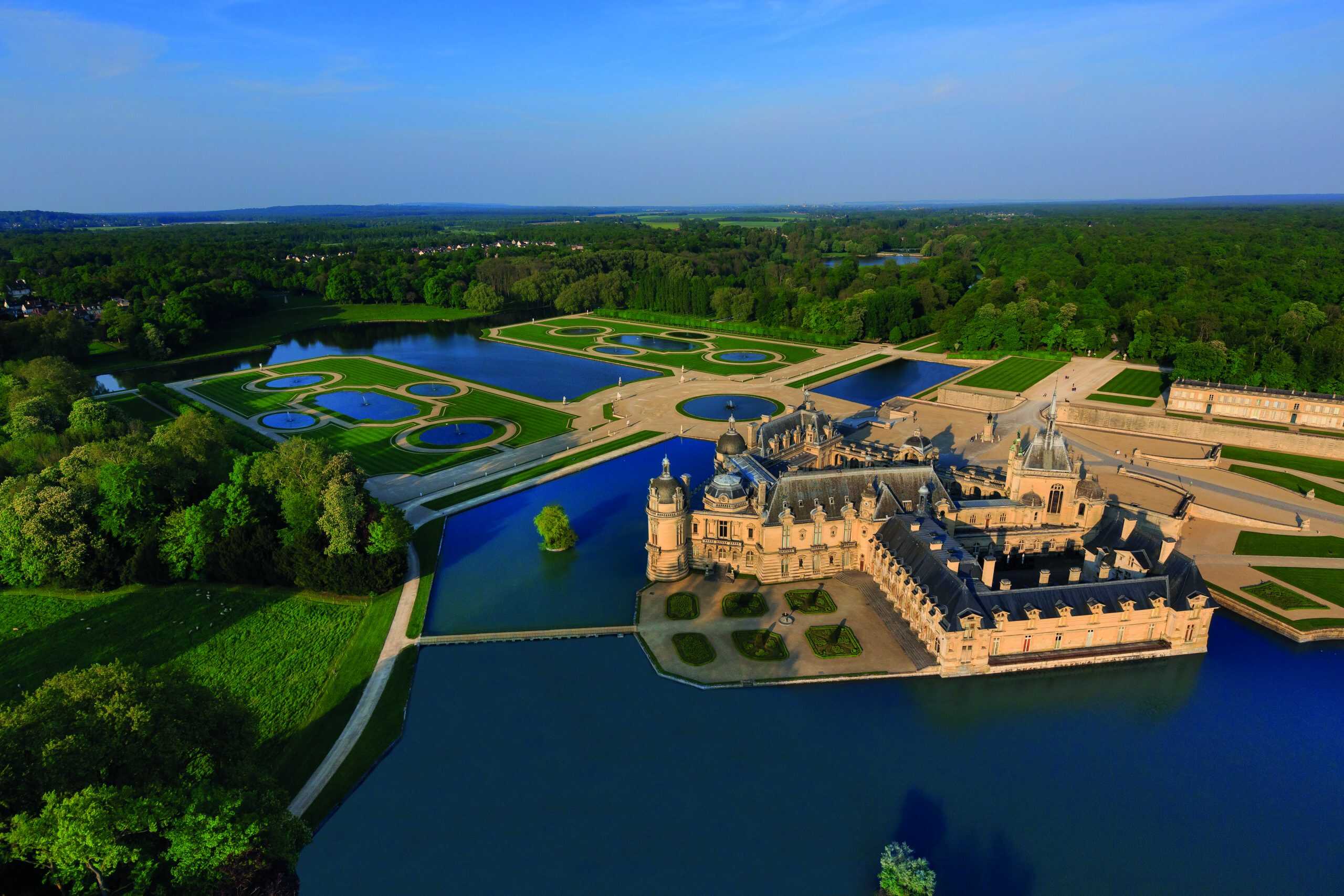
From marble staircases to mirror-like moats, Château de Chantilly stuns inside and out. Courtesy of Château de Chantilly
The 19th-century Duke of Aumale rebuilt it as an art mecca. Since then, it has become France’s most elegant flex. In comparison, it’s a mini-Louvre with fewer crowds. Meanwhile, you can see Ingres and Raphael, watch live dressage, or taste real crème Chantilly.
Château de Pierrefonds
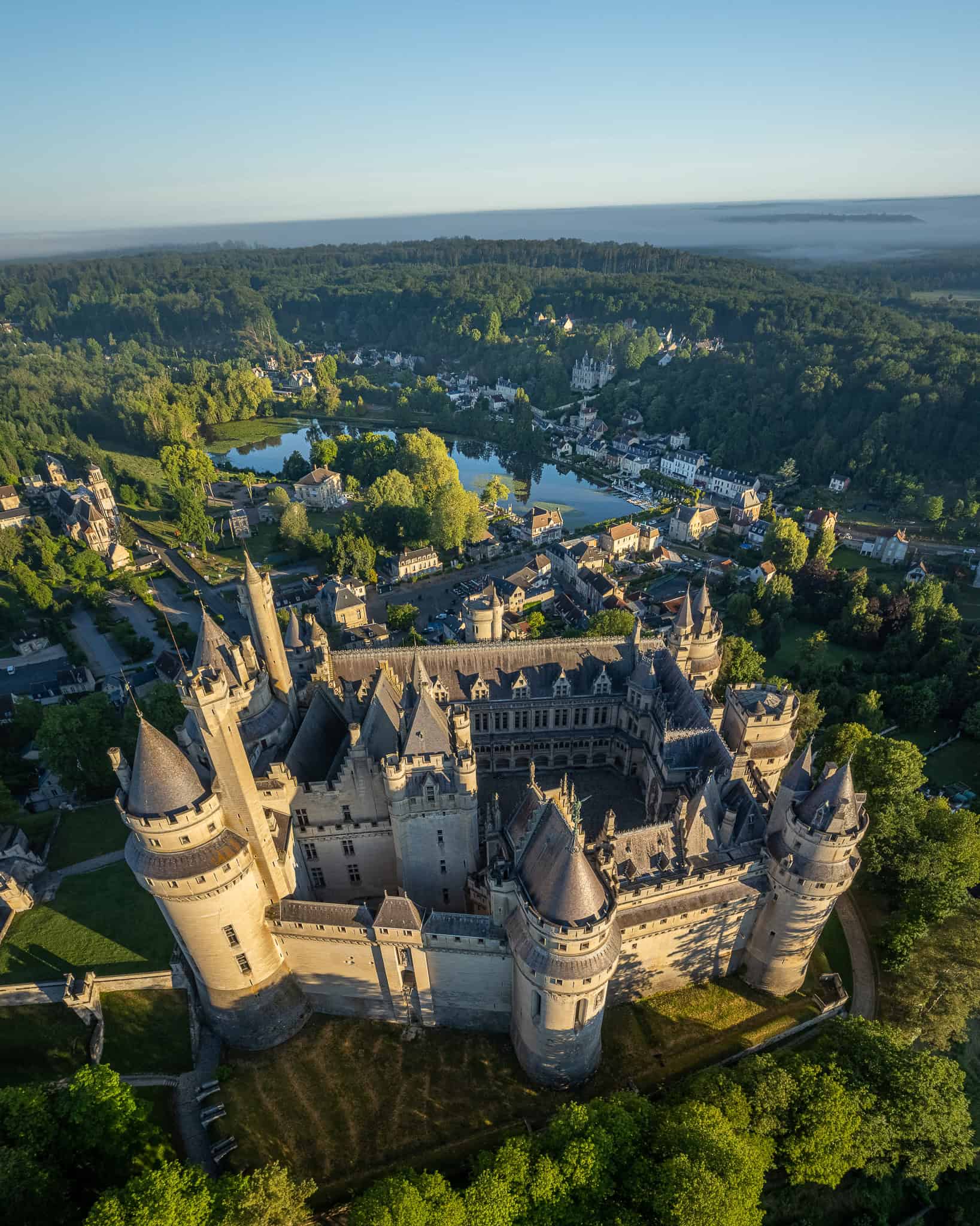
Built in the 1300s, it was bombed, then dramatically reimagined by Viollet-le-Duc. A medieval fever dream. Drama and defense. Climb spiral stairs, wander gothic halls, or catch a costumed reenactment.
Château de Compiègne
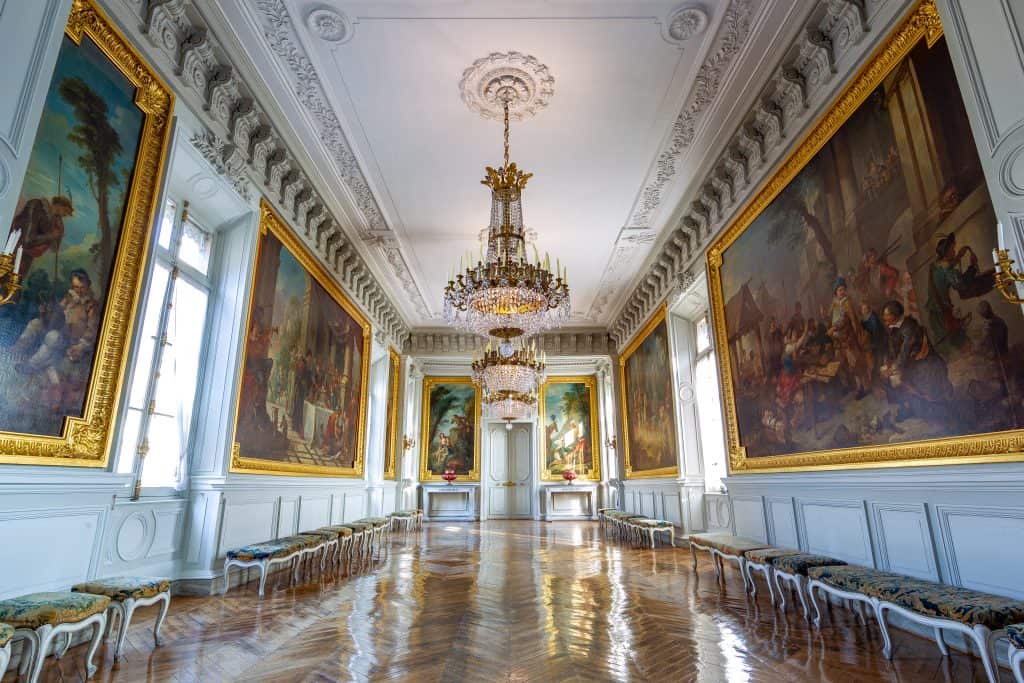
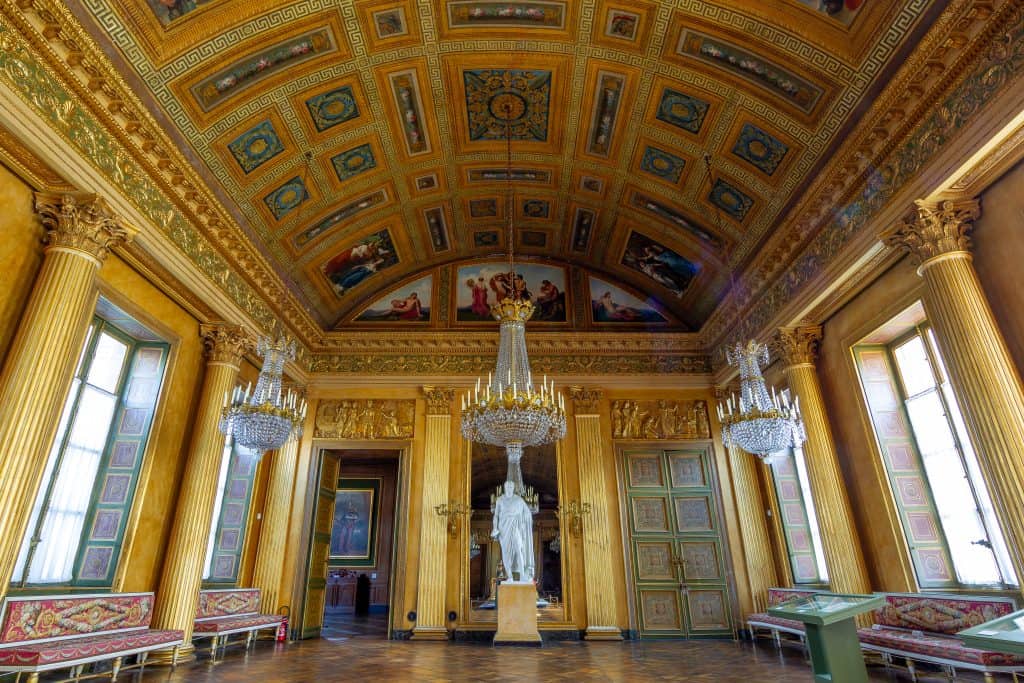
From the Emperor’s crimson chamber to gleaming galleries, Compiègne is, in fact, empire at its finest. Courtesy of Château de Compiègne.
Royal under Louis XV, strategic under Napoleon. This one is all empire, no excess. Versailles without the ego. Explore gilded salons, and vintage car museums, or stroll the sculpture-dotted park.
Château d’Écouen
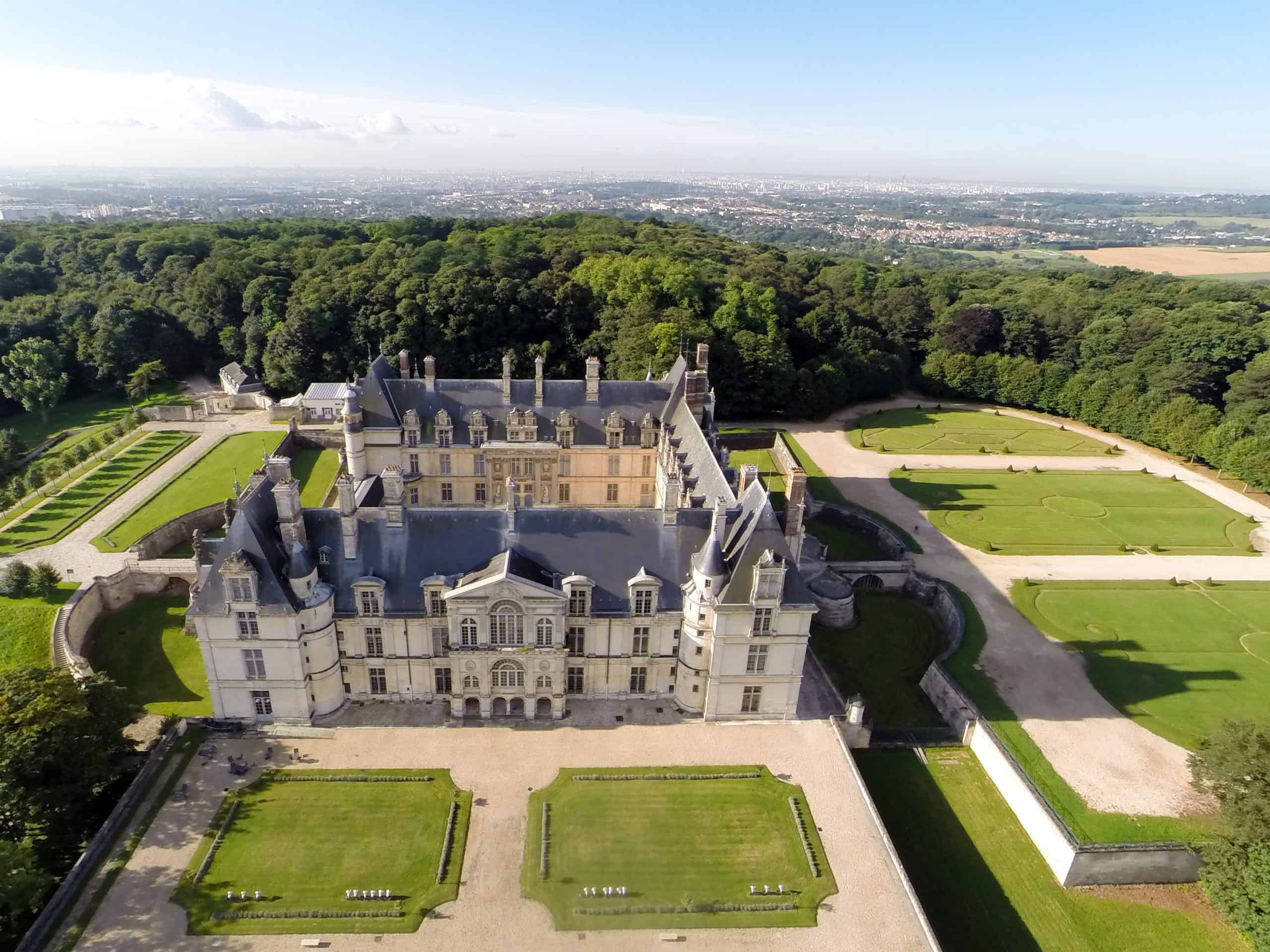
Renaissance home of Anne de Montmorency. Now the National Museum of the Renaissance. Fancy. Tapestries and tableware with stories. Admire 16th-century armor, join a guided tour, then, lunch with a view.
Domaine de Chaalis
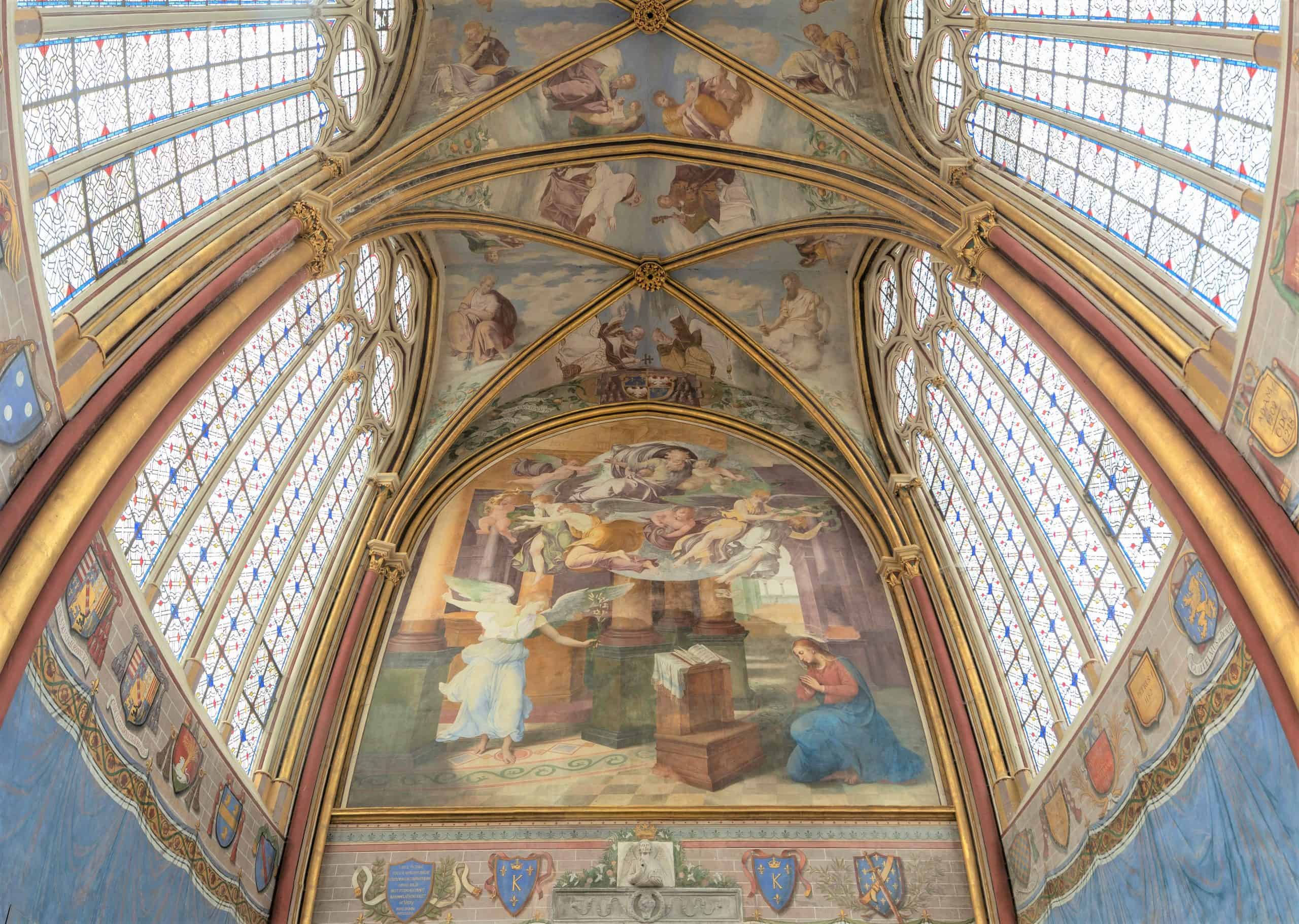
Founded in 1137, the abbey was later revived by art collector Nélie Jacquemart. As a result, heritage, ruins, and roses now collide in poetic contrast. For instance, you can wander the frescoed chapel, pause in the roseraries, or explore the museum’s quiet rooms.
Final word
Paris’ heritage isn’t boring. In fact, the châteaux you should escape to are gothic, over-the-top, or gorgeously crumbling. These places aren’t just stops on a map, they’re entry points into stories. Not only are these places beautiful, but they also carry centuries of stories. Indeed, they aren’t just stops on a map, they’re entry points into layered narratives. Even if you’ve seen Versailles, these escapes offer something different. They all invite you to slow down, look deeper, and feel something timeless. After all, what’s travel without discovery? Whether you’re craving stillness, spectacle, or the scent of stone and roses, your next escape is already waiting.
To reserve a visit to any of these abbeys or châteaux, visit Les Incontournables De L’oise Et Du Val D’oise
This travel journal offers the latest news about each of the châteaux and abbeys plus you can benefit from discounted rates.
Did you enjoy FRENCH CHÂTEAUX YOU SHOULD ESCAPE TO? Discover this fashion editorial shot at a chateau Petite Meller: The Drummer
Share this post
Marie Loire Moulin approaches fashion as an immersive language—one that expresses identity, character, and cultural influence. Echoing Jean Cocteau’s observation that “Fashion is what goes out of fashion,” Moulin embraces the paradox at the heart of her craft. For her, fashion is a living, breathing art form—constantly deconstructed, reimagined, and reshaped in response to the world around it.
What fuels Marie Loire’s creativity is the ability to blend worlds—to explore the intersections of fashion, technology, history, and art. She is inspired by how these disciplines collide to generate experiences that are not only visually compelling, but also deeply purposeful.
Moulin is particularly drawn to artistic expressions that serve as bridges—linking cultures, fusing tradition with innovation. Sustainability, for her, is not a buzzword but a foundation. She sees it as a long-term commitment to thoughtful creation, not a passing aesthetic.
As a stylist working with actors on film sets, Marie Loire thrives on transforming a director’s vision into living, breathing characters. Through wardrobe and silhouette, she builds atmospheres that tell stories—stories of emotion, intention, and presence.
Her creative drive extends into virtual reality and immersive art, where she explores how emerging technologies can shift perception and spark connection across cultural boundaries. For Moulin, the digital realm is just another canvas—one that, when used with care, has the potential to resonate as powerfully as the physical world.
Whether on set or in virtual space, Marie Loire seeks originality and depth. Her work is marked by richly layered references, a reverence for detail, and a belief that fashion—at its best—can speak not just to the eye, but to the mind.
Read Next

